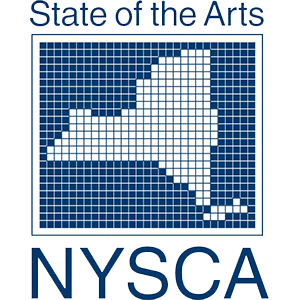Director’s Statement
I was inspired to make ANPO after I encountered the photographs of Hamaya in his photo book Days of Rage and Grief, and saw a retrospective exhibition of the painter, Nakamura Hiroshi. In their art, I saw faces and images a world apart from the Japanese people and the Japan I thought I knew from growing up there.
I was raised in rural Japan, the daughter of American missionaries. Because my parents sent me to local Japanese schools, I learned about the Japanese experience of WWII from their perspective. I will never forget the day I learned about the atomic bomb America had dropped on Hiroshima. When the teacher explained what had happened, all the other children stared at me in open shock. Aghast to learn what my country had done, I felt I was somehow complicit in the horror and desperately wanted to run away and hide. This traumatic memory has driven me as an adult to try to come to terms with the legacy of that war and postwar U.S.-Japan relations through many projects.
My childhood in Japan also resulted in a lifelong fascination with their movies. As I began subtitling Japanese films by Fukasaku Kinji, Kurosawa Akira, and Miyazaki Hayao, and watching many other classics, I began to realize that Japan had experienced another traumatic event in 1960. In that single year, Oshima made three films, each portraying a country steeped in tumult. Although Imamura’s 1959 neo-realist film, The Second Brother, ends on a note of optimism, his next film, Pigs and Battleships (1961), is saturated with nihilism. Even the films of the ultimate entertainer, Naruse, seem to take a dark turn after 1960. The title of Kurosawa’s 1960 film, The Bad Sleep Well, speaks for itself. I was compelled to find out what had so deeply impacted the creative vision of so many Japanese filmmakers.
When I encountered Hamaya’s photographs from 1960 and Nakamura’s monumental paintings from the same period, I began to see how the 1960 protests against the U.S. military bases had ignited the hopes and dreams of millions of Japanese. I also saw how their hopes had been trampled into national despair after the democratic uprising was crushed. Taking these films, photos and paintings as my lead, I began to search for other Japanese art reflecting Japanese resistance to the U.S. military presence and discovered a treasure trove of hundreds of world-class paintings and photographs, mostly buried in museum vaults and largely forgotten today. I was compelled to excavate this vast cultural legacy to tell the story of the 1960 protests, the events that provoked them and how the U.S. bases continue to impact Japan, in the form of a film.
Japanese contemporary art, including films, is widely respected throughout the world, yet very little of the work directly addressing Japanese memories of war and resistance to U.S. military bases has ever been seen outside of Japan. My intention is to introduce this buried cultural legacy throughout the world, but also to Japanese young people. I hope they will appreciate Japan’s history of resistance as well as the artists who continue to conjure their resistance into world-class art. I remain grateful to these artists for so generously sharing their art and their stories in this film.

